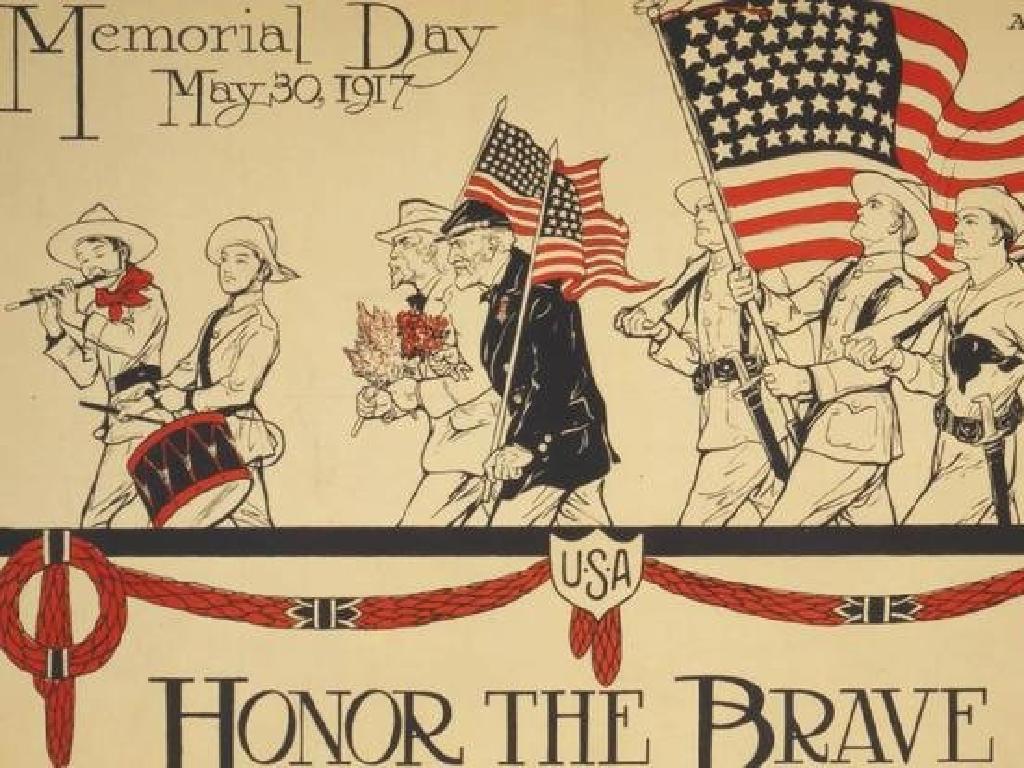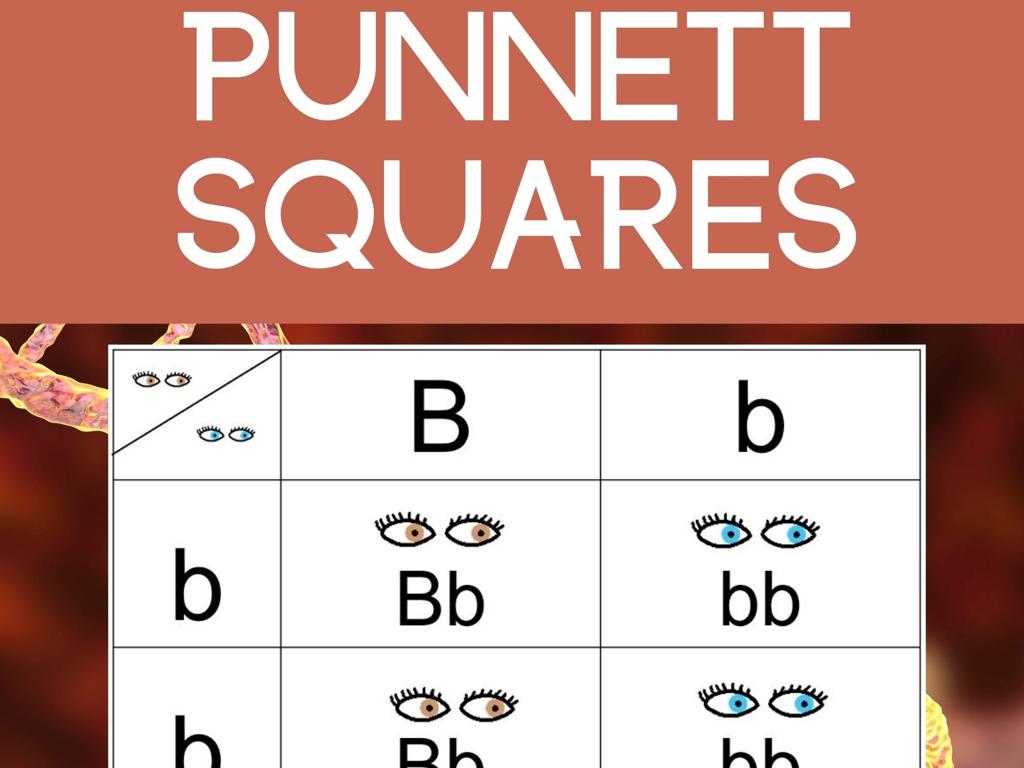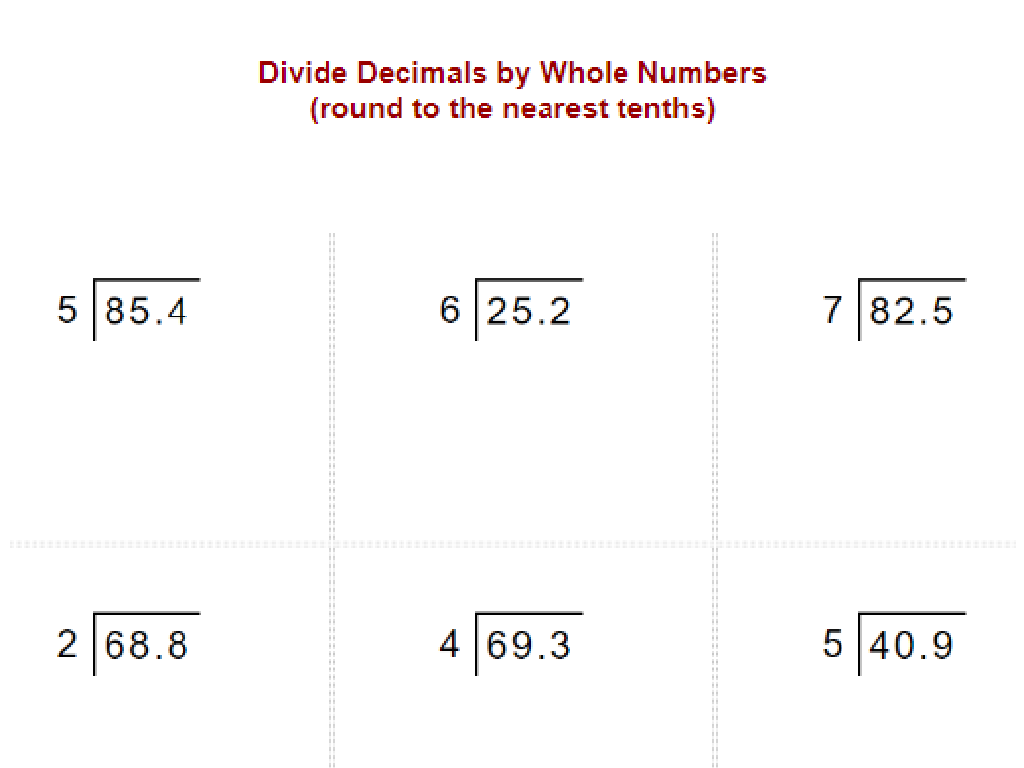Identify Pushes And Pulls
Subject: Science
Grade: Third grade
Topic: Force And Motion
Please LOG IN to download the presentation. Access is available to registered users only.
View More Content
Welcome to the World of Forces!
– Learning about Pushes and Pulls
– Push and pull can move things in different ways
– Understanding motion
– Motion is movement; notice how things around you move
– Defining Force
– Force is a push or a pull that causes objects to move, stop, or change direction
– Examples of Push and Pull
– Pushing a swing, pulling a wagon
|
This slide introduces the basic concepts of forces, specifically pushes and pulls, to third-grade students. Begin by explaining that force is what we call it when we push or pull something. Use everyday examples to illustrate these forces in action, such as pushing a door open or pulling a drawer closed. Discuss how these actions cause objects to move or stop and change direction. Encourage students to think of their own examples of pushes and pulls they encounter in their daily lives. This will help them relate the concept of force to their own experiences, making the lesson more engaging and understandable.
Exploring Pushes in Force and Motion
– Understanding a push force
– A push moves things away from you
– Examples of pushing actions
– Pushing a door, pushing a swing
– Observing push effects
– Objects move faster, slower, or change direction
– Pushing objects in class activity
|
This slide introduces the concept of a push as a type of force in the context of force and motion. A push is explained as a force that moves objects away from the source of the push. Provide relatable examples such as pushing a door open or giving a friend a push on the swing to help students visualize the concept. Encourage students to think about what happens when they apply a push to different objects and predict the outcomes. The class activity will involve hands-on experiments where students can push various objects to observe and record the effects, such as changes in speed or direction. This will help solidify their understanding of pushes in a practical setting. Prepare to facilitate the activity by having a variety of objects available for students to push and space for them to safely observe the effects.
Understanding Pulls in Force and Motion
– What is a pull force?
– A pull brings objects nearer to us
– Examples of pulling actions
– Pulling a wagon towards you, playing tug-of-war with a rope
– Observing pulls in action
– We’ll do experiments to see the effects of pulling
– Pulls make things move closer
|
This slide introduces the concept of a pull as a type of force in the context of force and motion. Begin by explaining that a pull is when you use force to bring something towards yourself. Use relatable examples such as pulling a wagon or a rope in tug-of-war to illustrate the idea. Plan a simple classroom activity where students can observe what happens when they pull different objects, such as pulling a piece of string with a small toy attached. Discuss how the distance, strength of pull, and the weight of the object affect movement. This will help students understand that pulls can vary in strength and result in different outcomes.
Push or Pull? Understanding Forces
– Can objects be pushed and pulled?
– Recognizing pushes and pulls
– A push moves something away, a pull brings it closer
– Activity: Identifying forces on objects
– Look at pictures, decide if each shows a push or a pull
– Discuss examples as a class
– Share thoughts on why you think it’s a push or a pull
|
This slide introduces the concept of push and pull as types of forces. Start by posing the question of whether an object can be both pushed and pulled, which can lead to a discussion and clarification that forces can act in different directions. Explain how to distinguish between a push and a pull: pushes move objects away, while pulls bring them closer. The activity involves students looking at various pictures and deciding whether each depicts a push or a pull, reinforcing their understanding of the concepts. After the activity, have a class discussion where students share their answers and explain their reasoning, which will help solidify their understanding of pushes and pulls in the context of force and motion.
Forces Around Us: Push and Pull
– Forces are all around us
– Daily activities and forces
– How do we open doors or drawers?
– Push and pull in playtime
– Think about swings or soccer balls
– Examples of push and pull
– Pushing a cart, pulling a wagon
|
This slide introduces the concept of forces, specifically pushes and pulls, and how they are a part of our everyday lives. Start by explaining that a force is a push or a pull that can make things move, stop, or change direction. Encourage students to think about how they interact with objects daily, like opening doors (pull) or drawers (push), and how these actions involve forces. Discuss playtime activities that involve forces, such as pushing a friend on a swing or pulling a toy wagon. Provide relatable examples such as kicking a soccer ball (push) or tugging on a rope in tug-of-war (pull). The goal is to help students identify and understand the forces they encounter and apply in various situations.
Experiment Time: Forces in Action!
– Fun experiment with forces
– Predict ball movement on ramp
What do you think will happen when we push the ball?
– Observe ball pulled by string
Watch how the ball moves when we pull it. Does it follow the string?
– Record your observations
Write down or draw what you saw during the experiment.
|
This slide introduces a hands-on activity to help students understand the concepts of push and pull as forces that cause motion. Before starting the experiment, ask the students to predict the outcome of pushing a ball down a ramp to engage their critical thinking. Then, demonstrate pulling a ball with a string and let them observe the effects. Encourage students to record their observations in a notebook or on a worksheet, noting the direction and speed of the ball’s movement. This will help them visually grasp the concept of force and motion. After the experiment, discuss the results with the class to reinforce their understanding. Possible activities include varying the slope of the ramp, using different sized balls, or pulling the string at different speeds to see how these variables affect motion.
Class Activity: Push and Pull Hunt
– Let’s explore pushes and pulls
– Find examples around our classroom
– Make a list of your discoveries
– Look for doors, drawers, toys, or books
– Share with the class what you found
|
This activity is designed to help students identify and understand the concepts of push and pull in a practical and engaging way. By exploring the classroom, students will actively search for objects that can be pushed or pulled. Encourage them to consider how these forces operate in different contexts, such as opening a door (pull) or pushing a chair under the table. After the hunt, facilitate a discussion where students can present and explain their findings, reinforcing their understanding of the concepts. Possible activities could include pushing a ball, pulling a rope, sliding a book across a table, or opening and closing window blinds. This will help them differentiate between the two types of forces in a memorable and hands-on manner.
Conclusion: Understanding Pushes and Pulls
– Recap: Pushes and pulls are forces
– Everyday examples of forces
– Door opening (pull), kicking a ball (push)
– Forces make things move
– Observing forces around us
– Watch how toys move when pushed or pulled
|
Today, we’ve learned that pushes and pulls are types of forces that can start, stop, or change the direction of an object’s motion. We’ve seen that these forces are at work all around us in our daily lives, from opening and closing doors to playing with our toys. By understanding the basics of force and motion, students can start to observe and predict the effects of pushes and pulls on objects around them. Encourage the students to keep an eye out for these forces at play and to think about the direction and strength of the forces they see.





